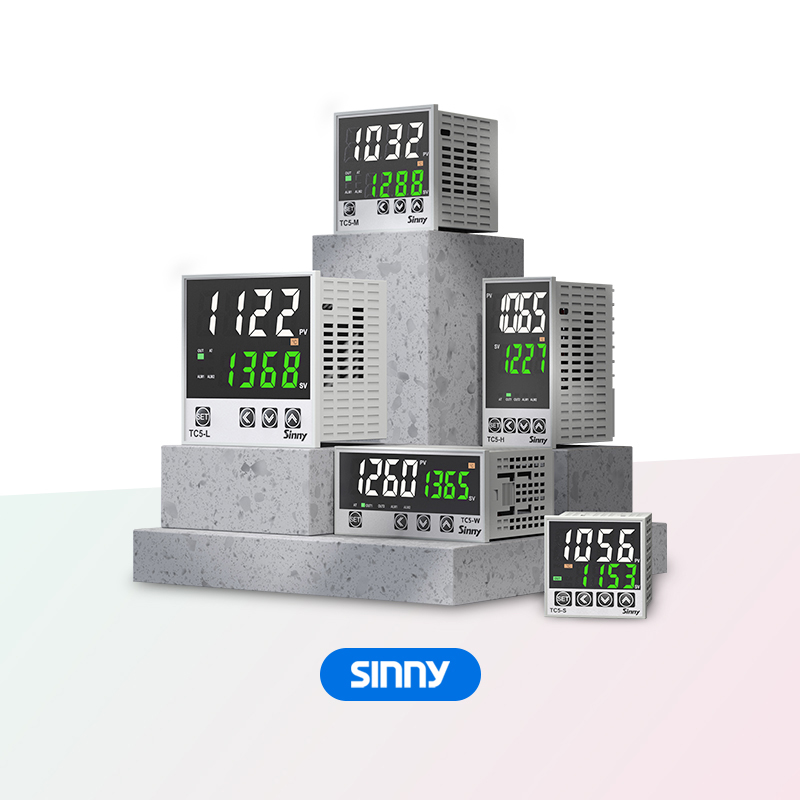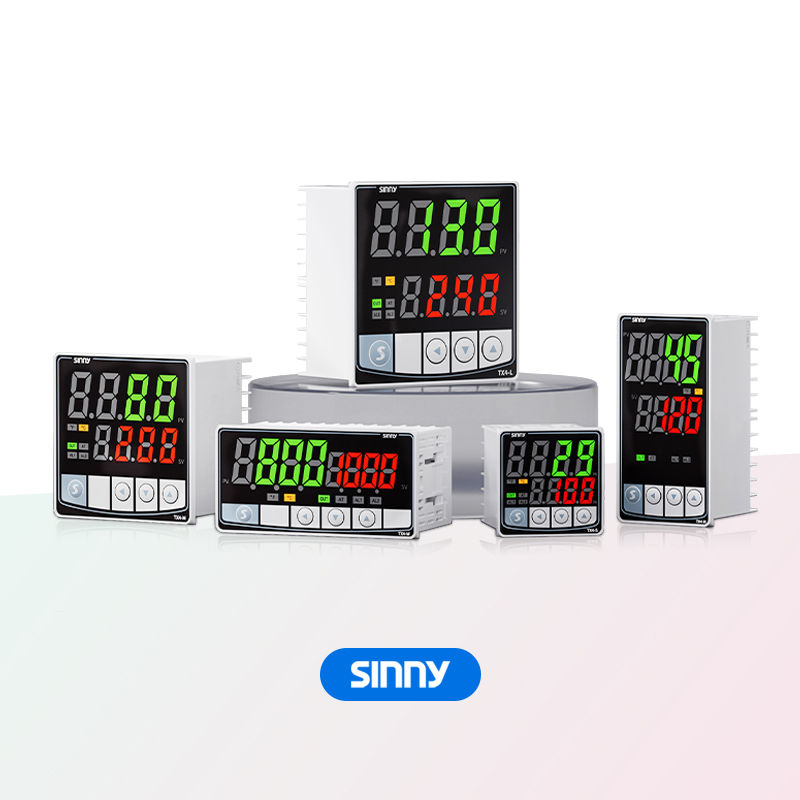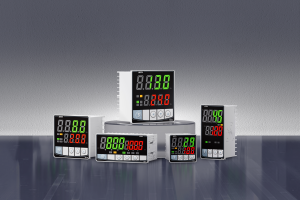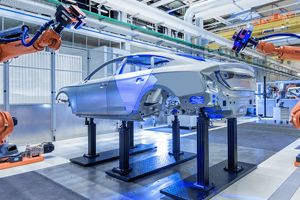How to Choose an Incubator Controller - A Comprehensive Guide
Choosing the right incubator thermostat requires comprehensive consideration of multiple aspects such as stability, safety, reliability, and precision range. The following will introduce it from multiple aspects including the framework of "why to choose" and "for whom to choose", content breakdown, and practicality.
The temperature controller of the training box mainly monitors and dynamically regulates. Through temperature, humidity and gas concentration, it provides a comfortable growth environment for biological cells, etc
Applicable scenarios: Low-temperature maintenance, cell culture, microorganisms, and culture dishes, etc.
Laboratory personnel consider the accuracy of precision data and the stability of operation. Different scenarios adapt to different situations.

When choosing a thermostat, the selection logic should be based on "demand - performance - function - safety"
First, clarify your own needs, and then match them with the product requirements.
Know yourself and know your enemy
The characteristics of the culture object: Firstly, it is necessary to clarify the temperature fluctuation tolerance range of the object, whether a high-temperature and humid environment is required, whether there are requirements for gas concentration, the weight of the culture sample as a reference, approximately how long the cycle is, and whether it is in a humid environment
Requirements: How precise the data monitoring needs to be (or only within a certain range), and whether a communication interface is required to connect to the system for unified management.
2. Evaluate core parameters
The most crucial aspects of temperature assessment are "control accuracy, uniformity, range and response speed"
What is the culture accuracy of microorganisms within ±0.5℃? Which type of sensor has a small error and strong anti-interference ability? Commonly chosen sensors include PT100 and K-type.
Uniform temperature: The temperature deviation is approximately ±0.5℃. Multi-point temperature measurement and zonal temperature control can be adopted to achieve uniform temperature.
Temperature range: At room temperature, the culture temperature is 5℃ to 60℃. For special requirements such as low-temperature culture and high-temperature sterilization, a specified temperature controller is needed (the upper limit temperature of the sensor and the upper and lower limit values of PV and SV of the temperature controller).
Response speed: Response speed determines the efficiency of environmental temperature changes (the speed of temperature rise and fall), and indirectly affects the "survival rate" of cells.
The importance of ----- humidity for cell culture
Humidity and accuracy: Cells are highly prone to dehydration, so a concentration of 90% to 95% RH must be maintained, and it is best to ensure an accuracy of ±3% RH.
Sensor type selection: In this environment, capacitive humidity sensors should be chosen. They have strong anti-condensation ability, are not prone to damage in a humid environment, have strong stability and a long service life.
For gas solubility, the importance of ---- solubility
Sensor: If there is a need to control the concentration of CO2, you must choose an infrared sensor, which is not affected by temperature and humidity. However, the general concentration of CO2 is between 0 and 20%. Of course, there are also some organisms that require anaerobic and low-oxygen cultivation (special requirements).
He has extremely high requirements for precision
The choice of algorithmic control ------ control logic
1. Traditional PID control only involves proportional/integral/differential control, requiring manual adjustment of PID parameters. It is suitable for scenarios with relatively small fluctuations. (Basic Algorithm
2. Segmented PID+ fuzzy control. Segmentation refers to the programmable module often mentioned in temperature controllers (which can automatically adjust the control intensity according to parameter deviations).
3. Adaptive PID control: It can be dynamically adjusted according to the equipment and environment to enhance long-term stable operation.
Data management and communication ------- "necessity"
Remote communication: Generally, a WiFi module is used to connect to the controller. Parameter data can be viewed through a computer or mobile phone, alarm information can be received, and remote control is also possible.
Data storage and export: It is necessary to support the storage of multiple months 'worth of data, using the data as a reference to summarize results and improvement plans.
Safety guarantee
Abnormal parameters and abnormal ambient temperature are both uncontrollable factors that can easily cause irreparable damage.
Alarm mechanism
One-channel alarm: Only provide audible and visual alerts for deviations in threshold parameters
Two-channel alarm: In addition to the one-channel alarm, it also features an automatic cut-off control system that is intelligent and can promptly issue alarms. If the temperature controller has communication results, text messages can be sent to the person in charge through the APP (for prevention).
Sensor mechanism: When sensors such as temperature and humidity fail, the controller immediately stops output and triggers a "sensor failure alarm".
Hardware design requirements
The output component of the temperature controller is generally a relay, and solid-state relays are preferred. Compared with other relays, solid-state relays have no contact wear, a long service life, are not easy to burn out, have accurate and high control accuracy, and are also very fast.

Anti-corrosion and anti-electric leakage: Choosing a sinny thermostat is a good option
The controller housing is made of ABS engineering anti-corrosion material and is equipped with leakage protection inside, making it suitable for use in high-humidity and high-CO2 corrosive environments within incubators.
Selecting the incubator thermostat ----- guide to avoiding pitfalls
1. The higher the precision, the better. There is no need to pursue a precision of 0.1% plus or minus (which is more costly).
2. Uniformity: While considering the precision requirements, stability must also be taken into account. If the instability of the culture scene is caused by the instability of the environmental temperature, the desired effect cannot be achieved.
3. Check the functions Thermostats generally have single alarm and multi-channel alarm functions, communication power, current, voltage, thermocouple and thermal resistance input functions, and output relay /SSR and current and voltage. Some thermostats have multi-segment programming and remote control functions. Choosing a suitable one for you can not only avoid the complexity of operation but also save costs. The sinny temperature controller is also a good choice.
Remember: When choosing a thermostat, it is essential to select one that offers a certain level of after-sales service. Do not be lured by low prices; otherwise, any problems you encounter later will be unsolable (and the cost will be even higher).
- How to set pid values in temperature controller
- 220v pid Temperature Controller "Precise Temperature Control" in One Step - Comprehensive Guide





















